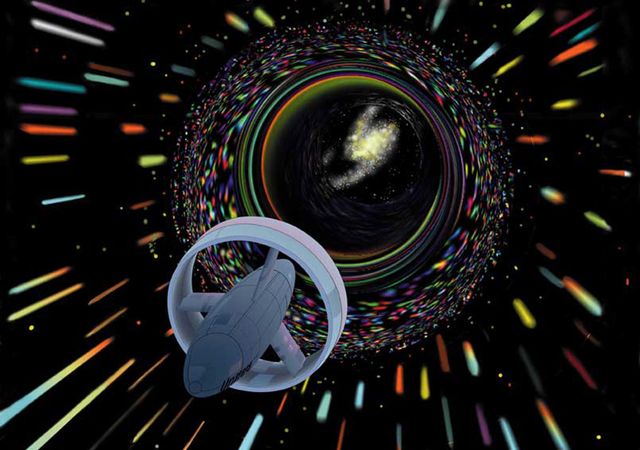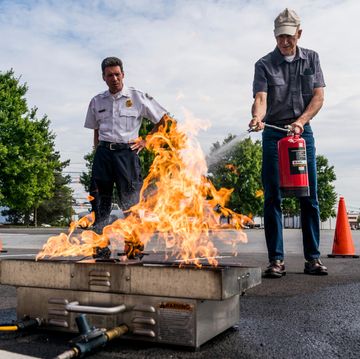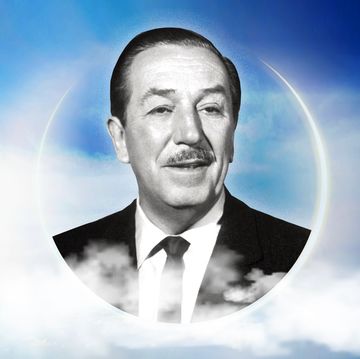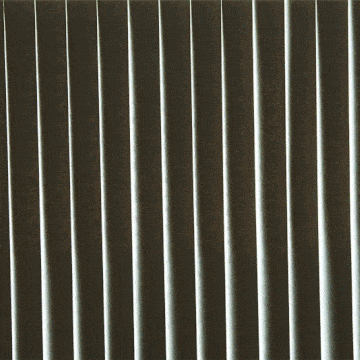- Warp drive is one of the many futuristic ideas proposed in Star Trek, allowing for faster-than-light travel across the galaxy. Einstein's Theory of Relativity prevents anything from moving faster than light.
- In 1994, a theoretical physicist proposed a workaround: creating a bubble within space-time that would twist distances, allowing anything within the bubble to travel long distances. Many think it makes theoretical sense, but is practically unworkable.
- An undergrad at the University of Alabama wants to restart the conversation, and he's focused on how much energy such a bubble would need.
Star Trek's science fiction has been intermingled with real-life science for decades. The franchise has inspired technologies that people use and study every day, and now a mechanical engineering student at the University of Alabama in Huntsville wants to bring forth another one: warp drive.
Warp drive is fundamental to the world of Star Trek, as it's the crucial component to superluminal starships. Without these super-fast ships that run on warp drive, we can't become a space-faring species. Thus, warp drive is tremendously important to humanity's evolution.
But Einstein's Theory of Relativity kind of throws a wrench into the whole thing, since nothing can travel faster than the speed of light.
"As objects travel faster and faster, they get heavier and heavier—the heavier they get, the harder it is to achieve acceleration, so you never get to the speed of light," Roger Rassool, a physicist at the University of Melbourne, Australia, once told the BBC. Only things with no mass, like photons, can travel at those tremendous speeds. That certainly rules out massive ships like the Enterprise.
In 1994, the theoretical physicist Miguel Alcubierre developed a theoretical workaround, which has come to be known as the Alcubierre drive. "By a purely local expansion of spacetime behind the spaceship and an opposite contraction in front of it," Alcubierre wrote in his paper's abstract, "motion faster than the speed of light as seen by observers outside the disturbed region is possible."
Essentially, an Alcubierre drive would expend a tremendous amount of energy to contract and twist space-time in front of it and create a bubble. Inside that bubble would be a inertial reference frame where explorers would feel no proper acceleration. The rules of physics would still apply within the bubble, but the ship would be localized outside of space.
The engineering student, Joseph Agnew, wants to explore the idea. "Mathematically, if you fulfill all the energy requirements, they can’t prove that it doesn’t work," he recently said at a standing-room only talk on the subject.
"Suppose you have a craft that’s in the bubble," he continues, quoted in a university press release on the talk. "What you would do is, you’d compress space-time ahead of the craft and expand space-time behind it."
The energy required to create an Alcubierre bubble would be immense. Some scientists believe it would require more energy than available within the universe, although others maintain the energy levels would be physically attainable. Agnew believes it can go down further.
"People used to say, ‘You’re dealing in something that would be great, but it takes the mass of the entire universe to do it,’" Agnew said. "Now, we’re down to where it is still an immense amount of energy and exotic matter is still a problem, but if we had that energy, we could do it."
After five to eight years of theoretical work, Agnew said, "it’s been reduced by many, many orders of magnitude."
To remove the fictional element of the bubbles, Agnew would want to start small. "Some people have approached it on a spacecraft-size scale, like what will it take to do this at that really large range, and some have approached it from a ‘Can we create this effect in a lab and then scale it up?’ perspective," he said. Even the smallest bubble would be a tremendous scientific breakthrough.
Of course, there's more to travel than just being able to generate enough energy to create a road. There's also the not-insignificant matter of surviving the trip.
"On one side, an observer located at the center of a superluminal warp-drive bubble would generically experience a thermal flux of Hawking particles," reads the abstract to a study from 2009 that discusses theorized Hawking radiation, a theoretical type of radiation released by black holes.
"On the other side, such Hawking flux will be generically extremely high if the exotic matter supporting the warp drive has its origin in a quantum field satisfying some form of Quantum Inequalities." The Hawking radiation would theoretically kill anyone who attempted to enter such a bubble.
So there's a long road ahead. But that's not deterring Agnew. He's curious about exploring the field further, on one condition: funding.
"The interest in doing something in this field is going to be there if someone has the money," he said. "This is just one of several areas I am interested in. If the opportunity is there to do it, I’ll pursue it."
David Grossman is a staff writer for PopularMechanics.com. He's previously written for The Verge, Rolling Stone, The New Republic and several other publications. He's based out of Brooklyn.














